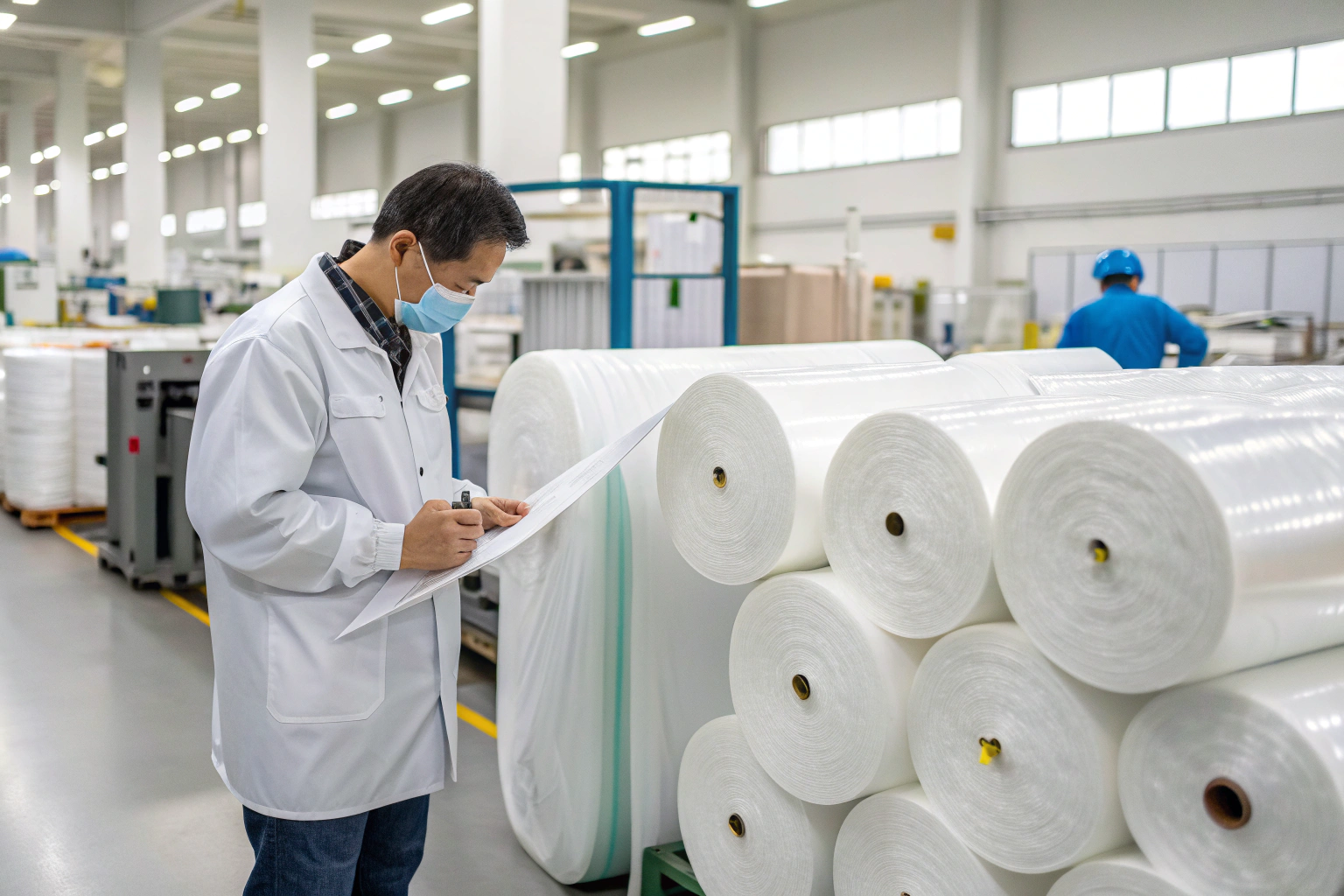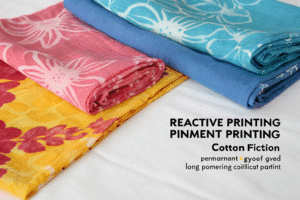I know many global buyers are facing the challenge of finding reliable protective fabrics that meet strict safety standards. You worry about sourcing delays, inconsistent test results, and the risk of receiving subpar goods. These concerns are real, especially when you need fabrics that protect against blood or body fluid penetration for medical, laboratory, or emergency applications.
The answer is clear: sourcing ISO 16603-classified fabrics requires understanding the standard, verifying compliance through accredited testing, choosing the right suppliers, and managing logistics and certification. By following these steps, you reduce risk, ensure compliance, and protect end-users.
When I work with clients, I always emphasize that proper sourcing is not just about buying fabric—it is about securing trust, safety, and performance. Therefore, let me show you exactly how I approach this process.
What Is ISO 16603 Compliance in Fabrics?
You may wonder why ISO 16603 matters so much when choosing protective materials. This is because ISO 16603 is the international test standard that measures resistance of clothing fabrics to synthetic blood penetration under controlled pressure. It helps manufacturers and buyers know how well fabrics can block potential contact with contaminated fluids. This test categorizes performance into different pressure classes, from low to very high resistance.
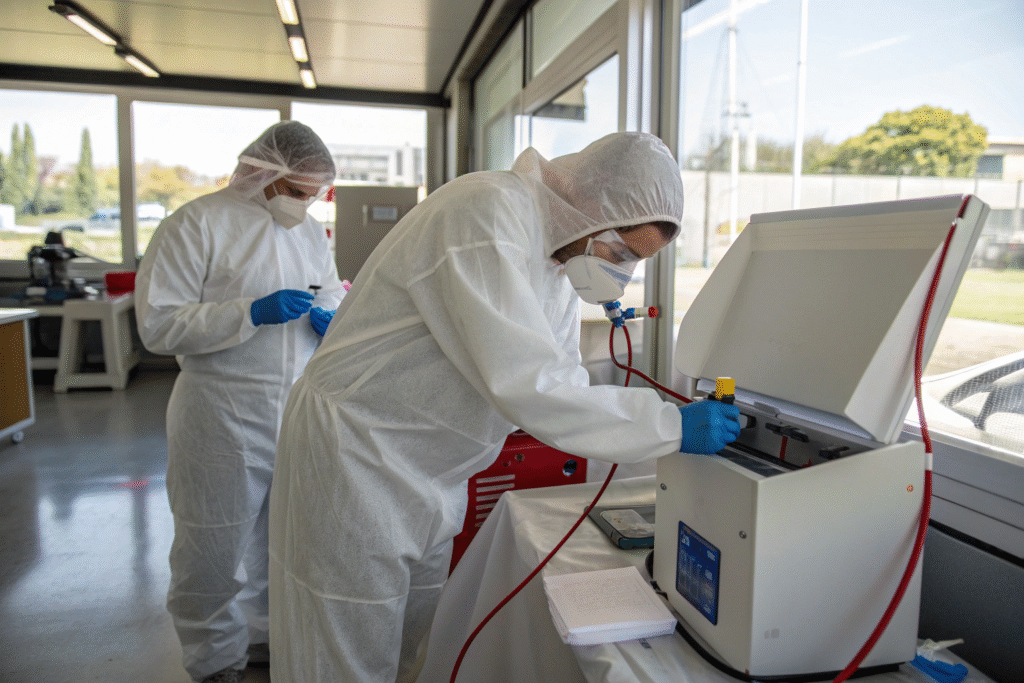
The importance is simple: ISO 16603 compliance gives you confidence. If a supplier can prove their fabric passed certified tests, you know you are getting material that meets global medical and safety expectations. Without this validation, you risk using unproven textiles that may fail under pressure, and this may lead to serious consequences in healthcare applications.
How does ISO 16603 differ from ISO 16604?
ISO 16603 is the preliminary screening test with synthetic blood, while ISO 16604 uses bacteriophage to test for viral penetration. Because of this, many clients I work with choose fabrics that pass both standards for maximum safety.
Why should buyers check classification levels?
The test defines resistance levels by pressure (kPa). For example, Class 1 may only resist 1.75 kPa, while Class 6 resists 20 kPa. Buyers in healthcare and biotech often require Class 4 or higher to meet risk control needs. You can confirm this through accredited labs like TestingLab.
How to Verify ISO 16603 Test Results?
If you’re considering a supplier, you must ensure their claims are real. This is why you should always ask for test reports from ISO/IEC 17025-accredited laboratories. These labs run the ISO 16603 procedure using the required ISO 13994 test apparatus. Results should show at what pressure level the fabric resisted penetration, and this gives you reliable evidence of compliance.

Suppliers should provide:
- Official test certificates
- Sample details including fiber composition and coating
- Resistance class achieved
- Test conditions like temperature and humidity
What are red flags to avoid?
If a supplier refuses to show reports, only shares “internal testing” results, or offers outdated certificates, you should be cautious. Reliable suppliers provide transparent documentation, and many also share conformity reports from third-party labs such as IVAMI.
Should you double-check with other standards?
Yes, and the reason is simple: extra verification strengthens your supply chain. I often cross-verify ISO 16603 results with ASTM F1670, which is a similar synthetic blood penetration test widely recognized in the United States. This redundancy increases confidence and ensures global acceptance. You can review ASTM documentation at ASTM.org.
Where to Find Reliable Suppliers?
Many buyers ask me how to locate trustworthy sources of ISO 16603 fabrics. The answer lies in combining multiple sourcing channels and verifying each option step by step. Because of this, I recommend using industry platforms, attending trade shows, and building direct connections with certified manufacturers.
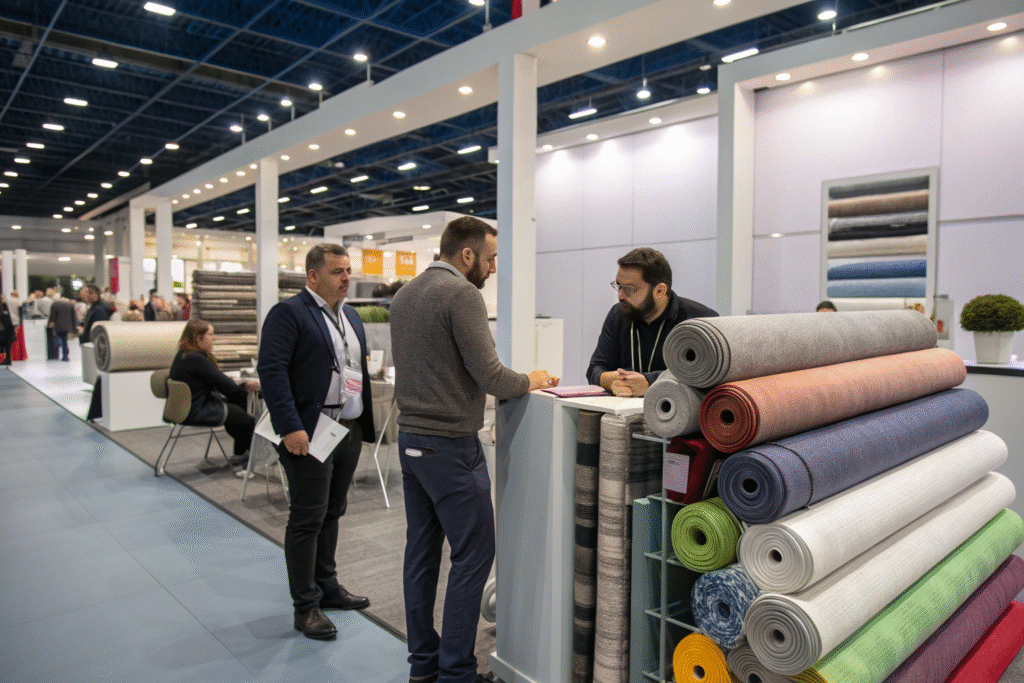
You can start with:
- International sourcing platforms such as Alibaba or Global Sources
- Specialized trade fairs like Canton Fair or Techtextil Frankfurt
- Direct outreach to fabric manufacturers with certified labs in textile hubs like Keqiao, Zhejiang
Why partner with manufacturers with in-house labs?
If a factory has CNAS-certified testing centers, like we do, they can run pre-tests before sending samples to external labs. This shortens timelines and improves reliability. It also means you can get faster lab dips, sample approvals, and verification.
Should you choose trading companies or direct mills?
Both have advantages, but there is a clear difference. Mills offer transparency, faster development, and better control. Trading companies may provide broader product options but usually add cost and slower response. In my experience, direct mills with export experience are the safest choice for ISO 16603 fabrics.
How to Manage Logistics and Compliance?
Even if you source the right fabric, shipping and certification can create bottlenecks. This is why you must align logistics, documentation, and labeling from the start. Every roll of fabric should be traceable with batch numbers and quality certificates, and this ensures smooth clearance and customer trust.
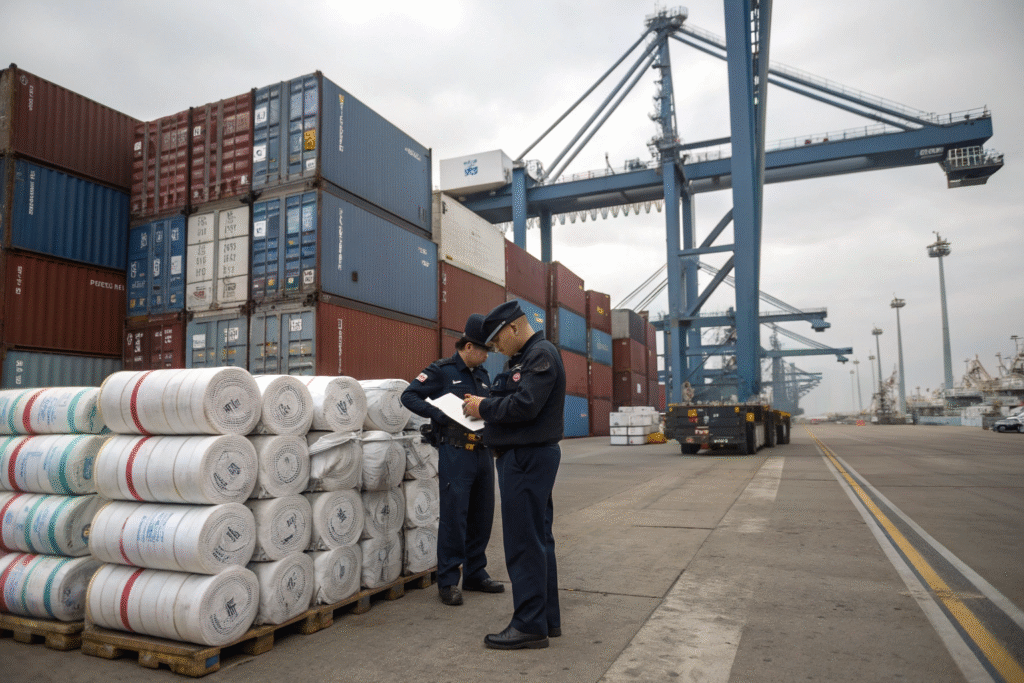
What documents are essential?
- ISO 16603 and related test certificates
- Certificates of Conformity
- CE marking (for EU import) or FDA compliance (for the US, if applicable)
- Customs clearance documents including HS codes
Resources such as European Commission CE Marking and FDA Medical Device Requirements are critical checkpoints.
How can you minimize delays and tariffs?
You can work with suppliers who use bonded warehouses or Silk Road trade initiatives to reduce customs risks. In our company, we often arrange multimodal shipping through Shanghai and Ningbo hubs, ensuring fast clearance and avoiding unnecessary tariff exposure. Because of these measures, buyers receive fabrics on time and without unexpected cost increases.
Conclusion
Sourcing ISO 16603-classified blood penetration resistance fabrics is not about luck. Instead, it is about method. You must understand the classification system, verify results through accredited labs, choose reliable suppliers, and secure logistics and documentation. When done in sequence, you get peace of mind knowing your materials are safe, compliant, and globally acceptable.
If you want to secure ISO 16603-compliant fabrics for your protective clothing line, we at Shanghai Fumao can help. Our CNAS-certified lab, fast development cycle, and robust export logistics make us a trusted partner. To discuss your order, contact our Business Director Elaine at elaine@fumaoclothing.com—we will help you bring safe, certified fabrics to market quickly.

